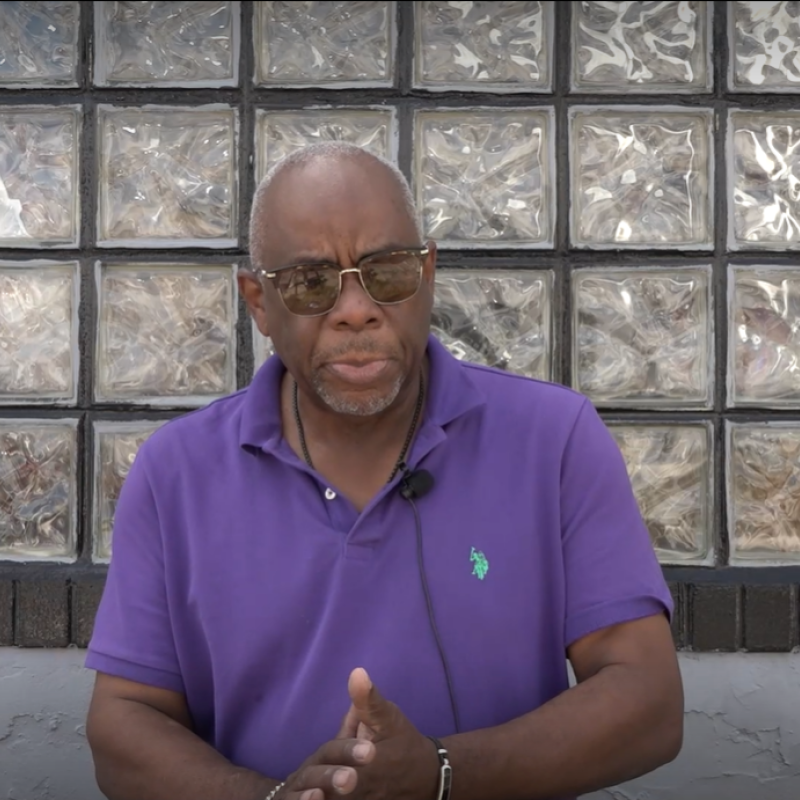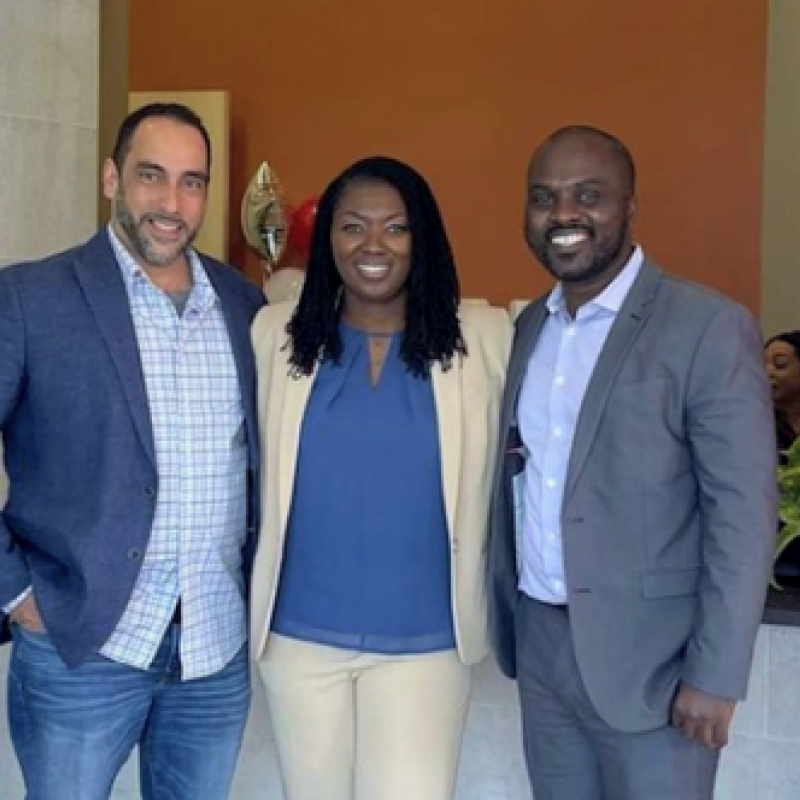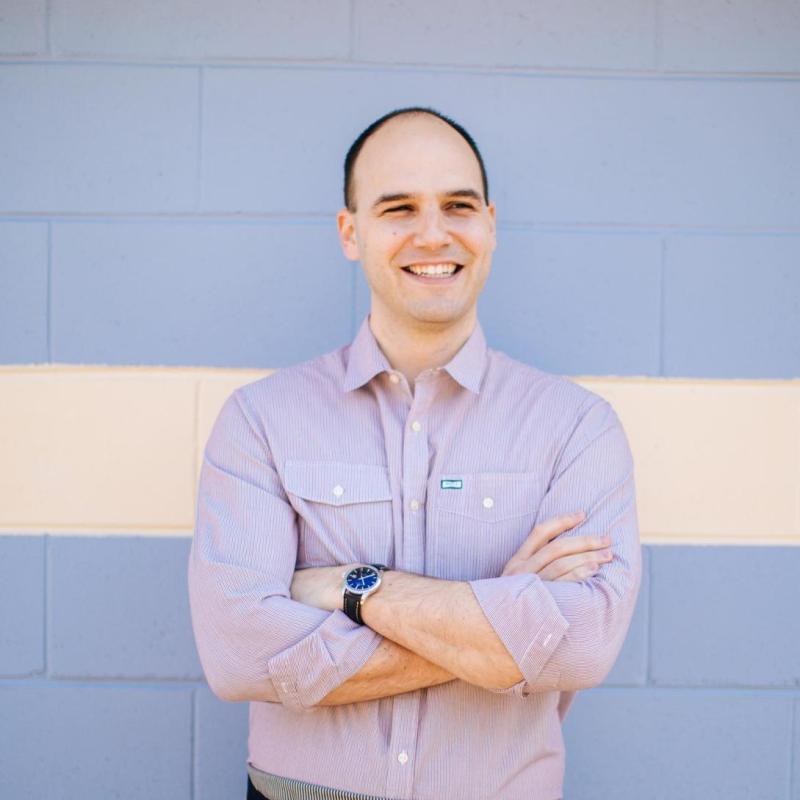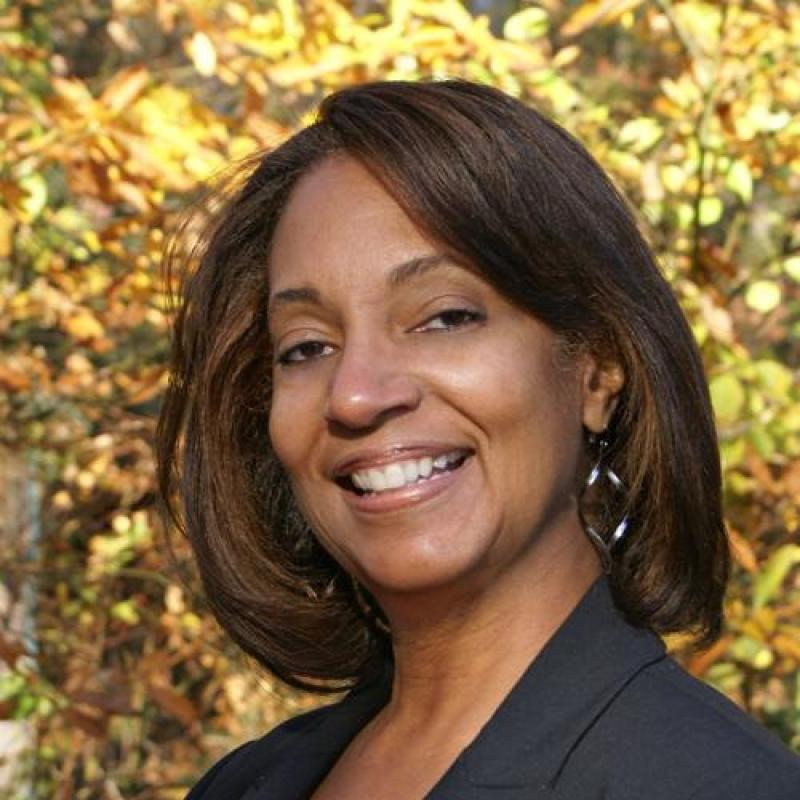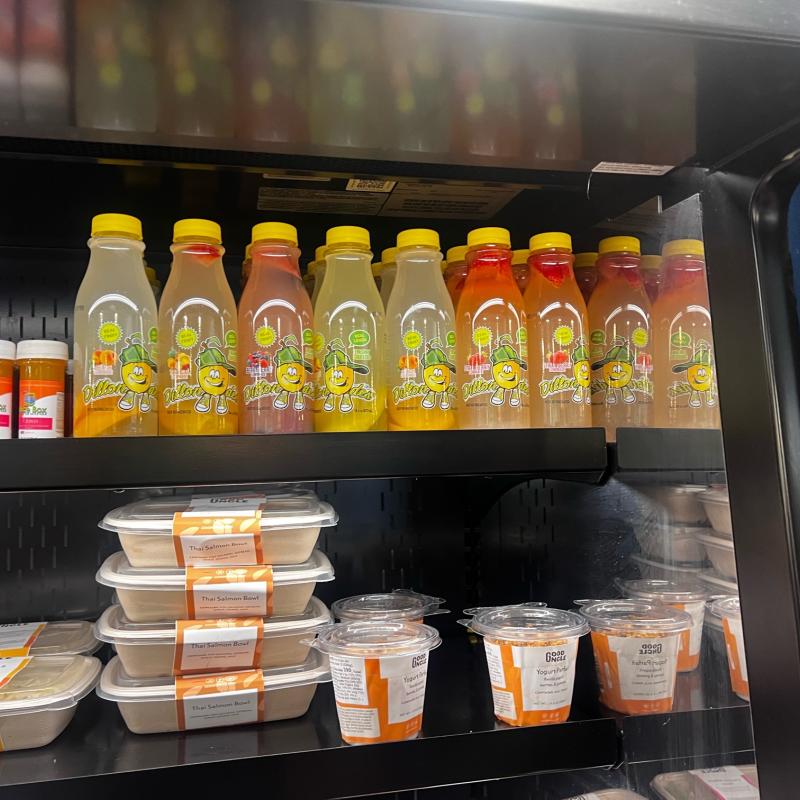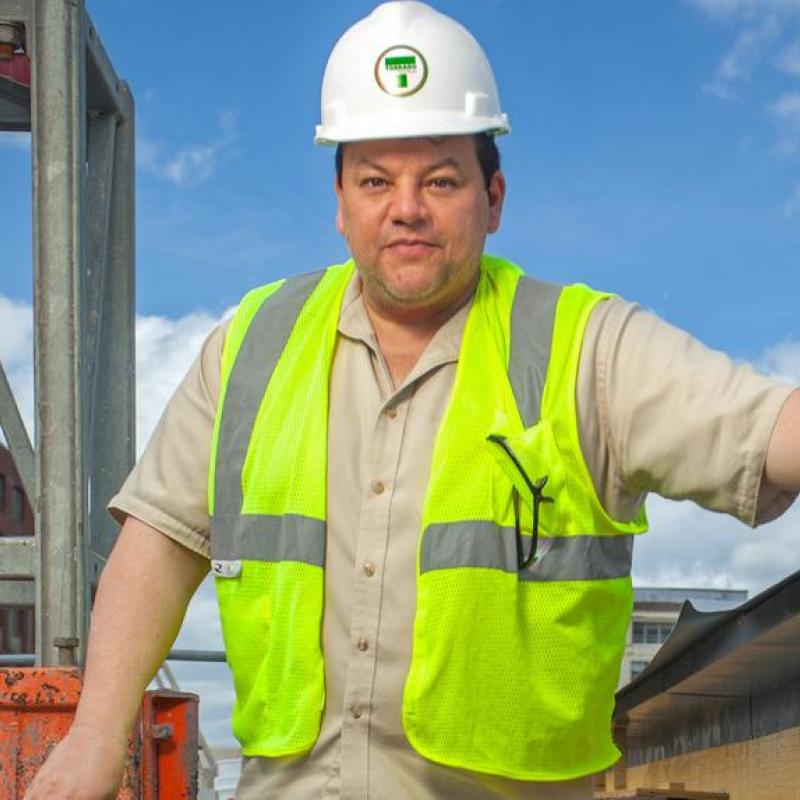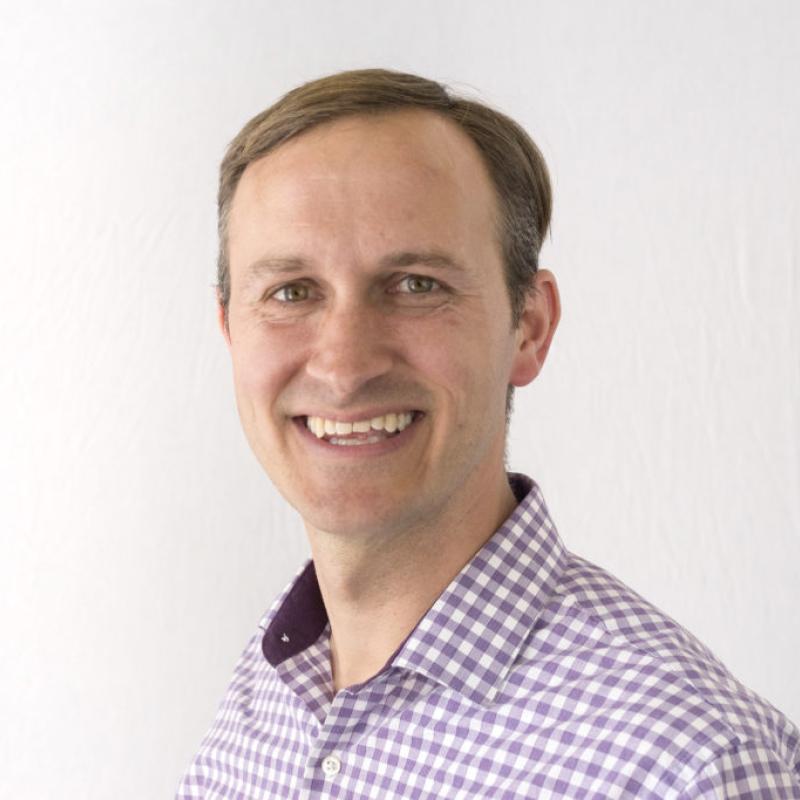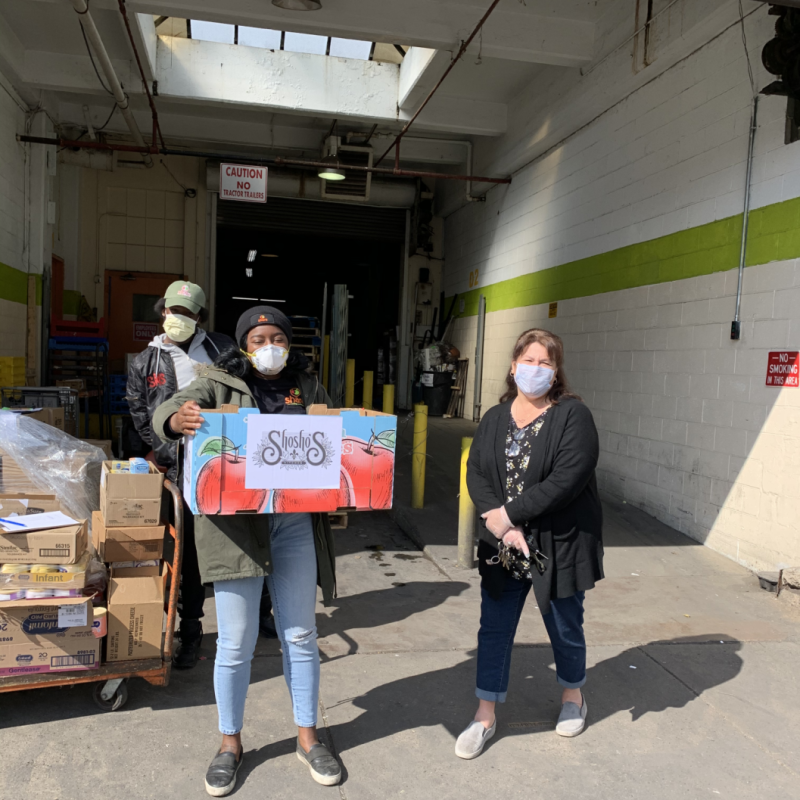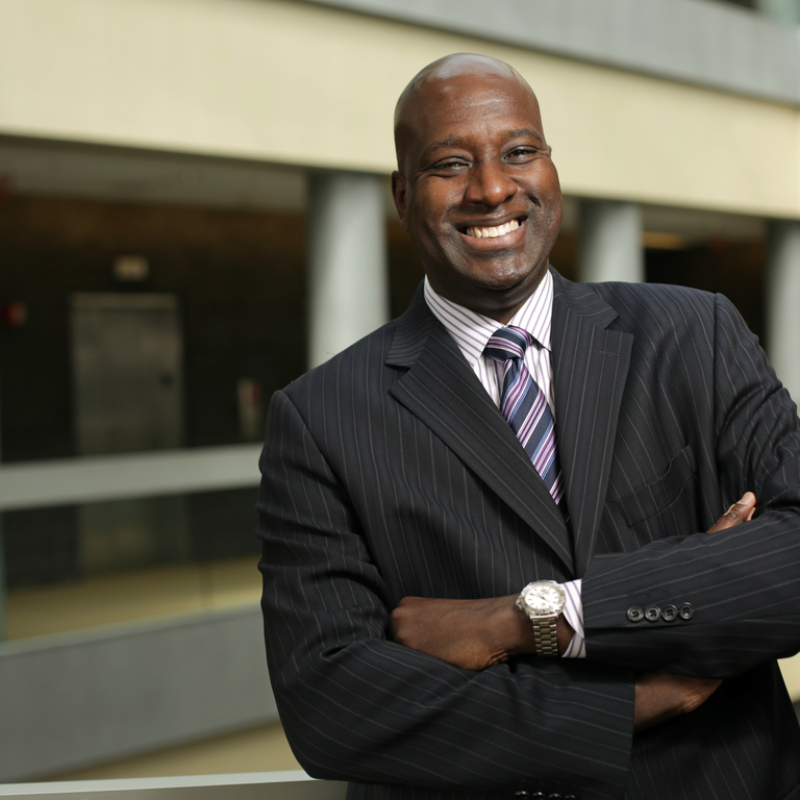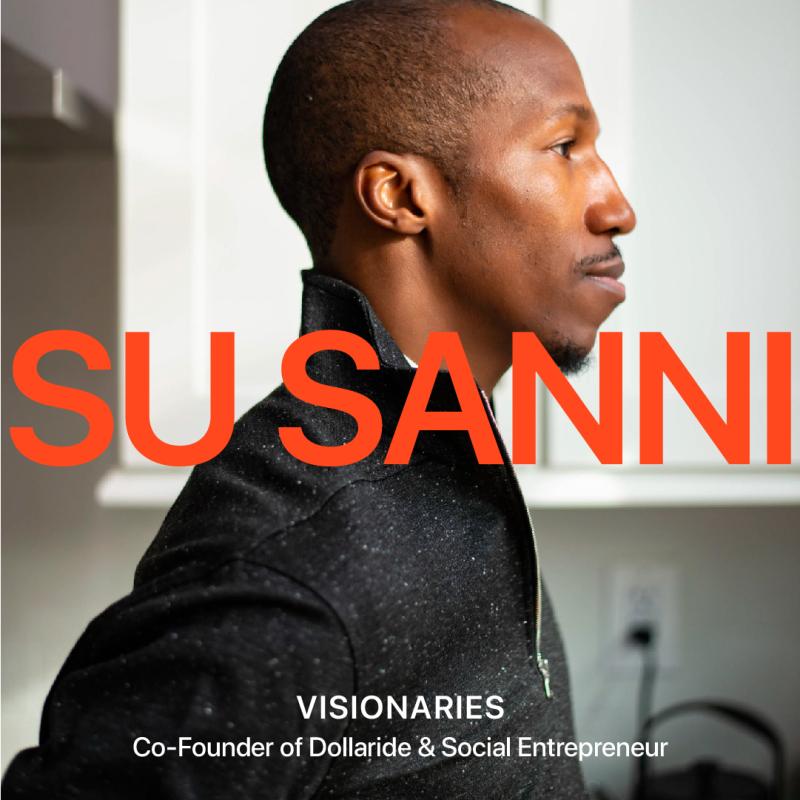A glance at the impact of JPMorgan Chase's racial equity commitment
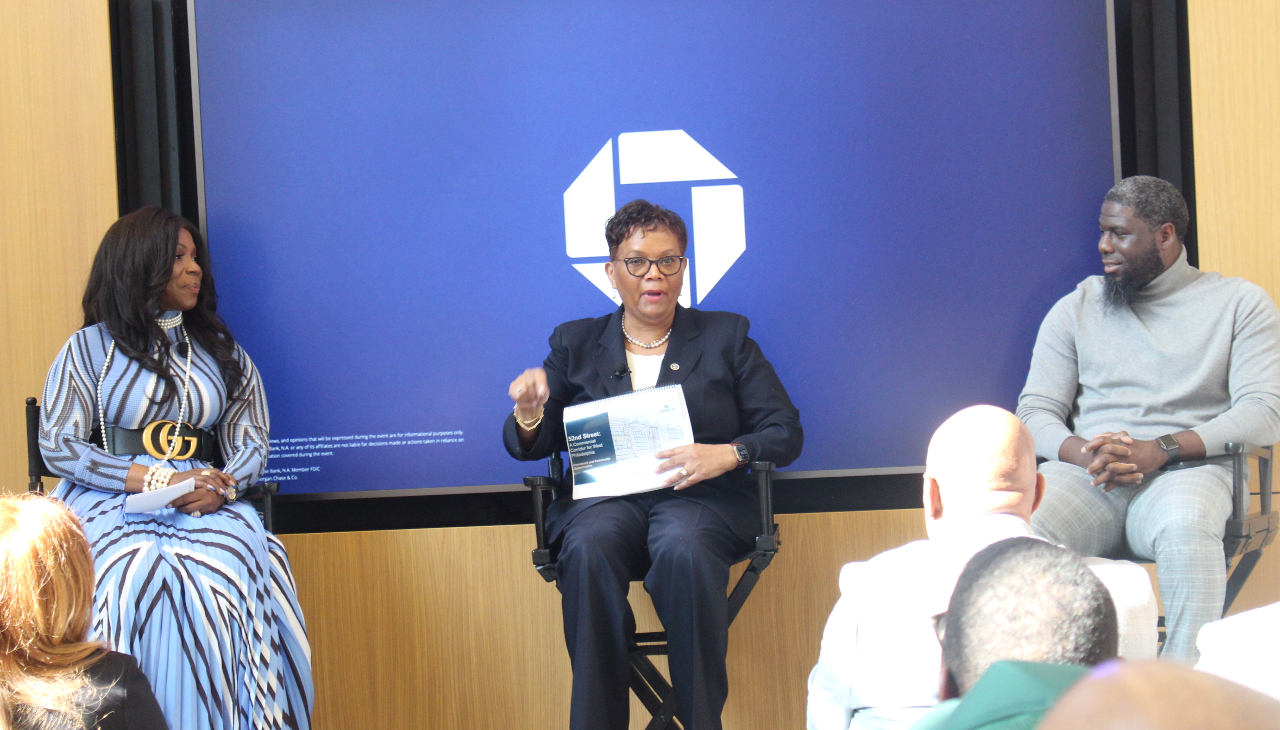
Media Outlet
Jensen Toussaint
Della Clark has been with The Enterprise Center for 31 years.
Since stepping foot into the organization, Clark has been committed to her role of transforming the 52nd Street corridor in West Philadelphia.
Last year, The Enterprise Center unveiled a $125 million plan to revitalize that very business corridor.
“If we are able to transform 52nd Street, it will be the spotlight of America,” said Clark, President of The Enterprise Center, during the grand opening of the JPMorgan Chase community branch on Feb. 23.
The new community branch is located right on 52nd Street, to which Clark noted correlates perfectly with The Enterprise Center’s overall plan and mission.
Among the many offerings of the new branch is valuable mentorship support to help local entrepreneurs grow, start or expand their small businesses.
Thanks to its proximity and shared commitment, JPMorgan Chase and The Enterprise Center can collaboratively work to grow the economic impact the region’s business owners can make.
The Enterprise Center aims to bring together businesses, community partners, and resource providers to bring about positive change and prosperity.
“We can transform it, and this is going to take resources and take stakeholders and collaboration to deliver,” said Clark. “I’ve committed myself to 52nd Street to drive these changes.”
JPMorgan Chase is committed to breaking down barriers and helping build generational wealth.
One way to do so is through homeownership. However, there is a more than 20% gap in homeownership between Black and White individuals and families.
Community managers at JPMorgan Chase are responsible for engaging the community and helping them solve their challenges toward homeownership.
Khaliff Young is a prime example of the impact JPMorgan Chase can have on individuals and families.
A longtime Philadelphia resident, growing up, he never thought homeownership could be a reality.
As he reflected on his parents’ struggles, he realized they were living to survive.
“Within that survival, ownership is not a possibility,” said Young, adding that survival was primarily about making sure you had the necessary resources to simply get to the next day.
Young reached a point where he decided he did not want to go down the same path.
